What challenges lie ahead in billing and health care revenue cycle management? An increasing number of employers have adopted high-deductible insurance plans for their employees, leaving patients to shoulder more of the costs of their own health care. The impact on revenue cycle management is significant. What changes need to be made now, and what should you keep an eye on for the rest of 2020 and beyond?
Pain points for healthcare financial management
Trend one: Outsourcing
A recent Blackbook survey of C-suite executives and senior management from 709 health care organizations reported that 98% were considering whether to work with third-party vendors on non-clinical functions that include billing and revenue cycle. Revenue cycle management is a process of ongoing transformation for optimal results, and handing the process over to a knowledgeable and experienced partner can improve the bottom line. This allows your staff to focus on other essential elements of productivity and effectiveness.
Best practices for healthcare financial executives
Trend two: Systems integration
The Healthcare Executive Group’s Top 10 opportunities, challenges, and issues list for 2020 includes a prioritization of integrated patient, payor, and provider data and workflow systems to increase communication and efficiency. Approaches such as cloud-based revenue cycle management contribute to a seamless, interconnected ecosystem.
Trend three: Next-generation payment models
With more patients responsible for the costs of a greater proportion of their own health care, growth requires a more collaborative payment environment. Patients have also increasingly informed consumers, with options for where to pursue their health care. Next-generation models allow flexibility and the potential for better outcomes for all parties.
Impact of price transparency on revenue cycles
Data shows that patients who understand their upfront what costs are more likely to pay. This in combination with more patients facing high deductibles means that consumer-friendly transparency about financial responsibility takes high priority.
Trend four: Transparency
As of January 2019, the Centers for Medicare & Medicaid Services mandated that all hospitals must provide an online “chargemaster” summary of costs of common procedures and services. While this is a good step, patient advocates and hospital administrators have noted that many patients currently have no idea it exists. Further, the actual cost for services tends to depend on an individual patient’s insurance and circumstances.
Hospitals and other stakeholders need to continue to clarify price transparency, and consumer-directed health plans offer one option. They rely on an effective system of communication that ensures that a patient’s portion of responsibility for their services is conveyed and collected upfront. In today’s health care landscape, retail-oriented, point-of-purchase transparency is an essential part of the positive patient experience. This includes high-caliber systems and staffing at every point of communication, from reception to patient advocacy to billing management.
Trend five: Quality third-party partnerships
A revenue cycle management company such as HCM brings a depth of experience to patient-centered health care in the 21st century. Third-party relationships can support new and clearer patient communication, clarify billing systems and processes for optimal accuracy, and free existing staff to focus on additional growth opportunities. Patients need reliable and future-oriented care that results in a health-focused environment of care and productivity for all.
HCM is here to help you navigate your early out AR while focusing on the patient experience. Contact us today, to see how our team can help.



